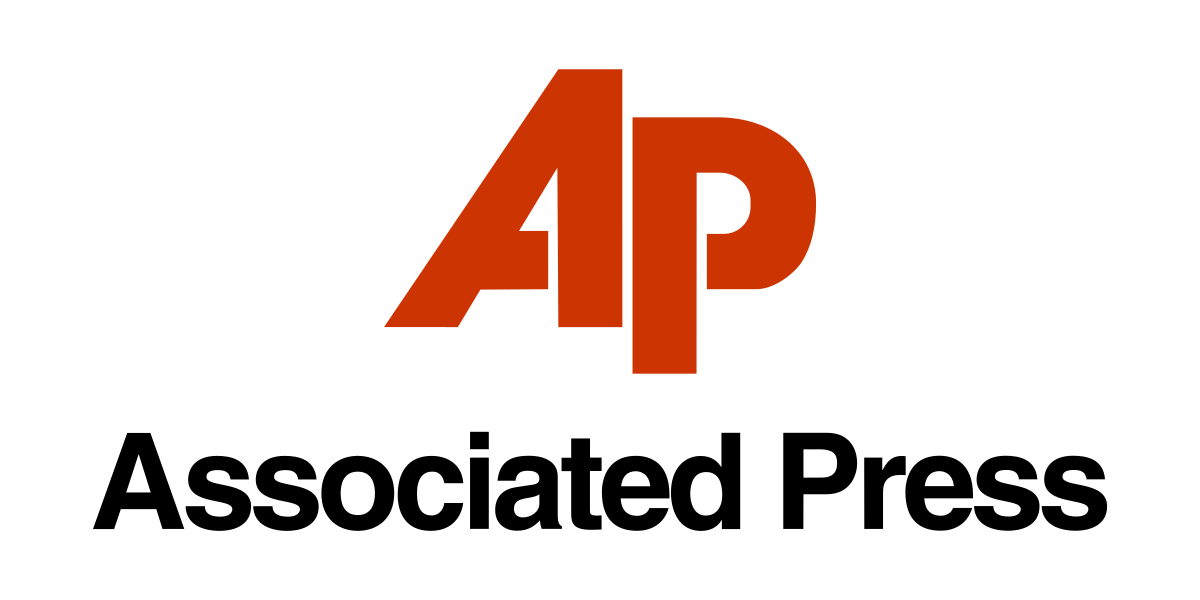Has Buy Now, Pay Later Specialist Affirm Changed Its Luck? Read This Before Jumping Aboard
Investors need to read the fine print of seemingly positive AFRM stock options activity

Undeniably, one of the top market performers in recent days was Affirm Holdings (US:AFRM), a financial technology or fintech firm specializing in a buy now, pay later (BNPL) platform. Following better-than-expected results for its fiscal fourth-quarter earnings report along with optimistic Q1 guidance that consciously clashed against broader economic fears, AFRM stock veritably skyrocketed.
It extended those gains into Monday, with Affirm's stock price on a climb back toward their recent $19.61 a share price last seen on Aug. 1.
Unsurprisingly, rumblings in the derivatives market appear to favor the bullish trajectory of the BNPL provider. Representing one of the top highlights in Fintel’s screener for unusual stock options volume for the Aug. 25 session, call volume – which generally carries bullish implications – outpaced put volume by a factor of 1.34.
On paper, this framework suggests burgeoning confidence in AFRM stock. Nevertheless, prospective investors will do well to consider the wider landscape before making a final decision.
Strong Fiscal Q4 Print Drives Enthusiasm for AFRM Stock
Amid weakness in the major indexes as investors digested the latest comments from Federal Reserve Chair Jerome Powell, Wall Street effectively sought any justifiable reason to hit the accelerator. It found such an impetus in Affirm, which presented a framework that in many ways belied the dark clouds billowing on the economic horizon.
On Aug. 24, Affirm disclosed results for its fiscal Q4 that delighted onlookers. On the top line, the company brought in $446 million in revenue, a 22% increase on a year-over-year basis. In addition, this tally beat analysts’ consensus target of $406 million, per Refinitiv. On the bottom line, Affirm posted a loss per share of 69 cents. Still, analysts anticipated a loss of 85 cents.
To be sure, AFRM stock soared from late August of 2021 to early November of the same year. At the time, the phenomenon of retail revenge and the gradual reopening of society fueled a surge in discretionary spending. However, blistering inflation and the Fed’s subsequent hawkish monetary policy significantly tempered consumer sentiment.
Recently, CNN Business reported that some of the biggest U.S. retailers are concerned that their customers are feeling financial pressures and are therefore buying fewer products. Per the news outlet, it may be a troubling sign of a slowing economy.
However, what distinguished Affirm’s earnings print is that it gave little indication of user stress. For instance, gross merchandise value (GMV) grew 25% YOY to $5.5 billion. On a two-year basis, per the company’s financial update document, GMV expanded at a 49% compounded annual growth rate.
On top of it all, management provided strong guidance for fiscal Q1, projecting $430 million to $455 million in revenue. This update juxtaposed nicely against analysts’ consensus forecast of $430 million.
Options Data Presents a Nuanced Take for Affirm
At first glance, the unusual options volume screener seems encouraging for AFRM stock. Call volume hit 256,130 contracts on Friday against open interest of 253,795. On average, call volume only reaches 39,878 contracts.
On the other side of the equation, put volume came in at 190,462 contracts against open interest of 216,459. Further, the average put volume sits at 23,198. With a put/call volume ratio of 0.74, investors may come away with the notion that the smart money is mostly bullish on AFRM stock.
However, Fintel’s screener for options flow – which extracts only big block trades likely made by institutional investors – indicates a more nuanced canvas. As an example, traders bought $25 calls with an expiration date of Sept. 15, 2023, which natively features bullish implications. Keep in mind that on Friday, AFRM stock closed at $17.79 in the open market.
Still, traders also sold calls – specifically $30, $40 and $50 calls – all with an expiration date of Jan. 19, 2024. In this case, the transactions may involve a large-scale hedge or a bearish tactic, with the underlying entities operating on the assumption that AFRM stock will not reach said levels.
One indicator that signals caution for prospective investors of AFRM stock is implied volatility (IV). According to Fintel, AFRM’s IV dropped from 0.94 on Aug. 24 to 0.76 a day later, or a magnitude decline of 19.14%. That’s fairly steep, suggesting an expectation among options traders that Affirm stock will be less volatile moving forward.
To be clear, fluctuations in IV do not necessarily imply a forecast in bullish or bearish trajectory. However, given that AFRM stock soared nearly 29% on Friday, it appears traders don’t anticipate the trend to continue in such a robust manner.
Skepticism is Your Friend
Although it’s tempting to jump on the Affirm bandwagon, the economic backdrop warrants caution. That’s not to say that AFRM stock can’t move higher from here on out. Rather, it faces a wall of skepticism, especially as major retailers have warned about fading consumer confidence.
Also, the analyst community appears largely unmoved from their views regarding AFRM stock. According to data compiled by on the Fintel platform, AFRM stock carries a consensus rating of hold. This assessment breaks down as four 'buys', 12 'holds', three 'sells' and five 'strong sells'. A month ago, AFRM carries the same view, except that it had one more hold rating and one fewer sell rating.
Looking ahead, inflation still remains problematic for many U.S. households. Further, mass layoffs continue to cloud the labor market, suggesting that investors should be extremely cautious about retail-dependent names like AFRM stock.






























